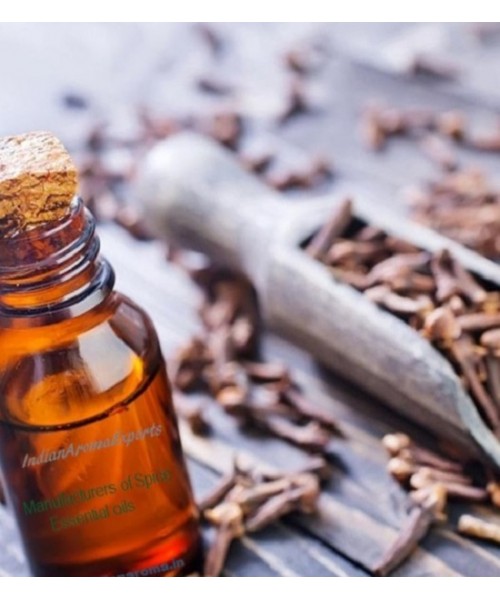| Botanical Name | : | Anethum Sowa | |
| Common Name | : | Dill oil, Anethum graveolens l. seed oil | |
| CAS # | : | 8006-75-5, F.E.M.A. : 2383 | |
| Plant Parts Used | : | Seeds | |
| Extraction Method | : | Steam Distillation | |
| Color & Odor | : | Pale yellow clear liquid with fresh, sweet, spicy, peppery and aromatic odor. |
Description :
It ts an annual aromatic herb. The oil has a powerful and fresh, sweet spicy, peppery and aromatic odor.
Constituents & Specifications :
Dill seed oil has various chemical compounds that include carvone, dillapiole, limonene, and dihydrocarvone, d-a-phellandrene, eugenol, thymol, isoeugenol, linalyl acetate and phellandral..
Specific Gravity : 0.88400 - 0.90000 @ 25°C
Refractive Index : 1.47900 - 1.49700 @ 20°C
Properties :
It is stimulating, revitalizing, restoring, purifying, balancing, antispasmodic, carminative, diuretic, stimulant, stomachic and cleansing agent.t has also been used as a remedy for colic and insomnia and as a stimulant for lactation.
Benefits & Uses :
- The oil is used extensively in beverage and foodstuffs. Dill oil is almost exclusively used for flavouring purposes in pickle industry due to high concentration of a chemical called carvone,
- Dill oil is used in cosmetics and perfumes. Myristicin, apiol, and dillapiol present in dill oil are effective naturally occurring insecticides. It is also an important fragrance component in detergents, soaps and shaving lotions. Dill is also used in making diffusers, candles and vaporisers.
Indian Aroma Exports © . All Right Reserved. Designed by Dreamlabz Technologies

